Apart from his wife and children, the thing my father professed love for the most was the Thompson submachine gun.
He carried it while serving as a paratrooper in the Pacific Theater during World War II.
Many today criticize the weapon for its weight, lack of range, and poor accuracy at distances approaching 100-yards.
But my father loved its rate of fire and the ability of its heavy .45-caliber bullets to resist deflection in the dense foliage of New Guinea and the Philippines.
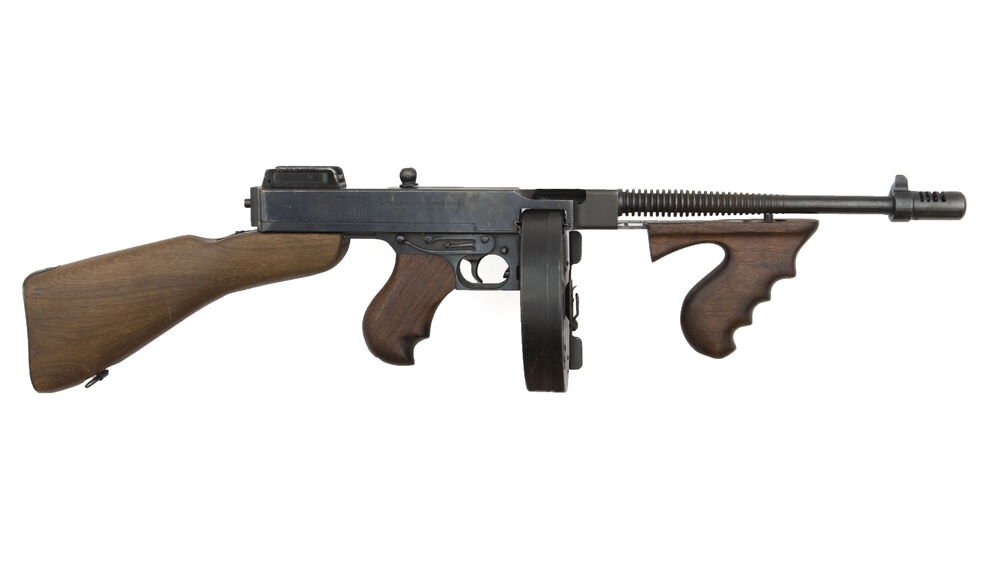
He tried other weapons, most notably the shorter, lighter M3 “Grease Gun.”
He said he felt safer with a Thompson, and for decades I have wanted to fire one.
I recently got the chance…
Table of Contents
Loading…
The Story Unfolds
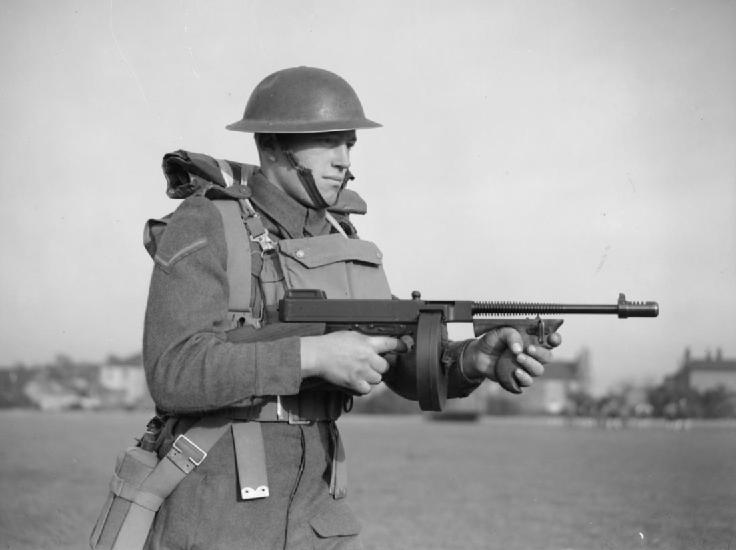
During his 30 or so months in the Pacific, he carried two versions of the Thompson.
Based on his description, the first one — the one that captured his heart — was one of the Model 1928 variations. It featured a forward pistol grip, cooling fins on the barrel, Lyman adjustable rear sights, and a Cutts compensator to reduce recoil.
My father, who later became a tool and die maker, liked the gun’s solid feel. He also admired the fine craftsmanship of its carefully machined parts.
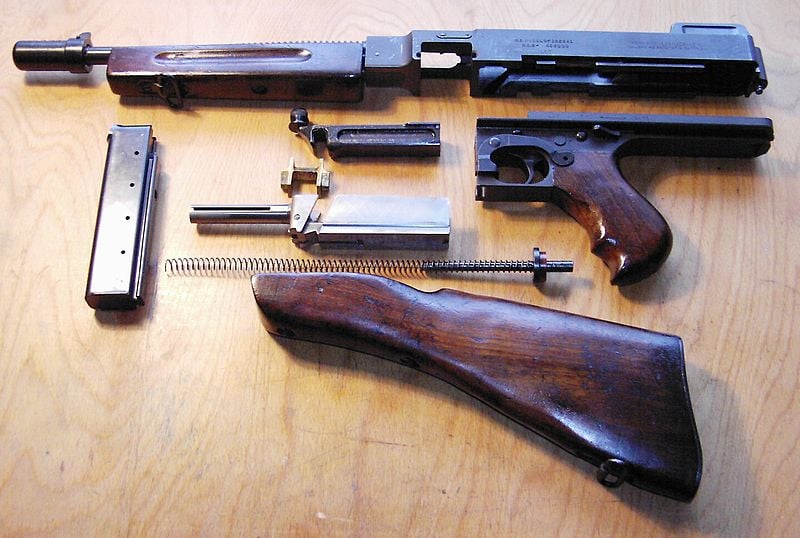
After some searching, I found a 1928A1 Thompson for rent at Battlefield Las Vegas, a few hours from my home in the Los Angeles area.
The “S” in the serial number indicated that it was one of the thousands built under contract by Savage Arms to accommodate demand from the British and French, and later, the U.S. military.
The easily observed features all fit my father’s description.
My Father and His Thompson
My father rarely spoke in detail about his experiences in the war.
The one exception was when he and I were alone together, and usually, the conversations began with a question from me.
As I write this, I realize that I should have asked more — not just about his experiences in the war, but how they influenced the quiet life he led afterward.
It is too late now. But firing the weapon that he carried offered a small window into his world.
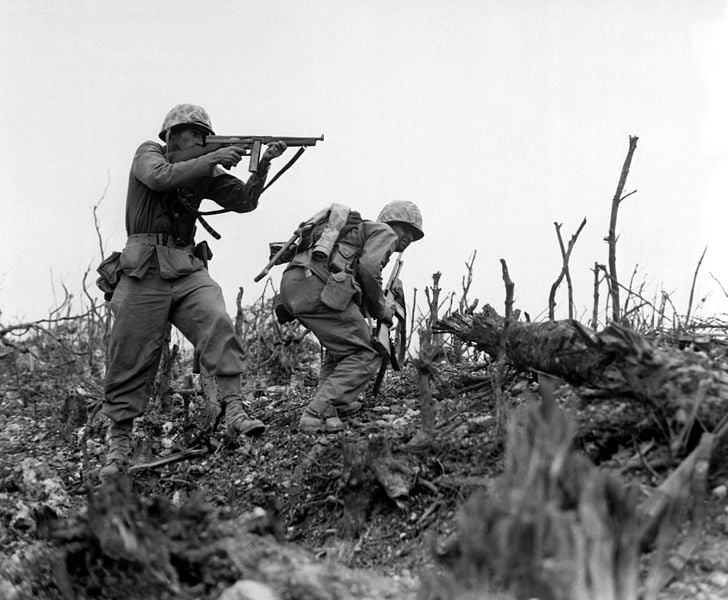
I remember only two stories when he fired his Thompson. I’m sure he fired it more often. But, to learn about them, I would have had to ask the right question. I never did.
One story occurred in New Guinea. He was scouting ahead of his squad on a narrow jungle trail. Rounding a bend, he came face to face with a startled Japanese soldier.
Dad, equally surprised, fired a quick burst at the lone soldier as he dove for cover.
He told me he couldn’t tell if he hit the guy.
His primary emotion in the immediate aftermath was relief that the soldier hadn’t killed him.
The other occasion came during his platoon’s assault on Water Tank Hill, a key point of high ground on Corregidor.

Corregidor was a rocky island that guarded the entrance to Manila Bay in the Philippines.
As his squad advanced up the hill, he provided suppressive fire on a Japanese position while a close friend, Harvey Hicks, moved forward to toss a grenade.
My Turn: Firing a Thompson
When I arrived at Battlefield Las Vegas, the outside temperature was 108-degrees Fahrenheit. So, I opted to fire the Thompson at the indoor range.
After getting a rundown on the gun’s controls, I lifted the Thompson to my shoulder and nervously sighted in on a target about 15-meters downrange.
In our occasional conversations about the Thompson, my father said the trick was to hug it in tightly and fire short bursts.
In close combat, pausing to take careful aim was unwise.
I had plenty of time to aim, so I put the Thompson’s sights on the center mass of the silhouette target.
My first trigger press was hesitant, and I probably flinched.
It yielded a burst of five or six rounds. The first two landed in the nine-ring before the string climbed to the right.
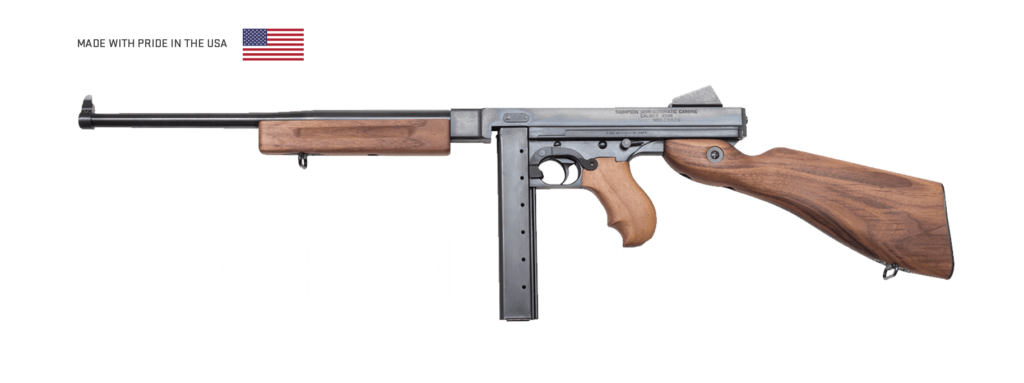
I expected hard recoil, but it was surprisingly mild despite the muzzle’s tendency to climb on longer bursts.
As I proceeded through the first magazine, I shortened my bursts to two or three rounds. I leaned into the recoil and got better at managing the climb.
Out of 25 rounds fired, two that came at the end of longer bursts hit off the silhouette just above the left shoulder and two struck in the left shoulder.
The others were in a roughly vertical pattern that stretched from the middle of the abdomen to the top of the sternum.
I improved with my next magazine.
My short bursts hit center mass. The gun still climbed on longer bursts, but the pattern was narrower. Shots hit from the lower nine-ring up through the chest, neck, and head.
The higher shots came on longer bursts fired at 25-meters.
Not great, but good enough to convince me that the Thompson’s idiosyncrasies can be mastered with time and focus.
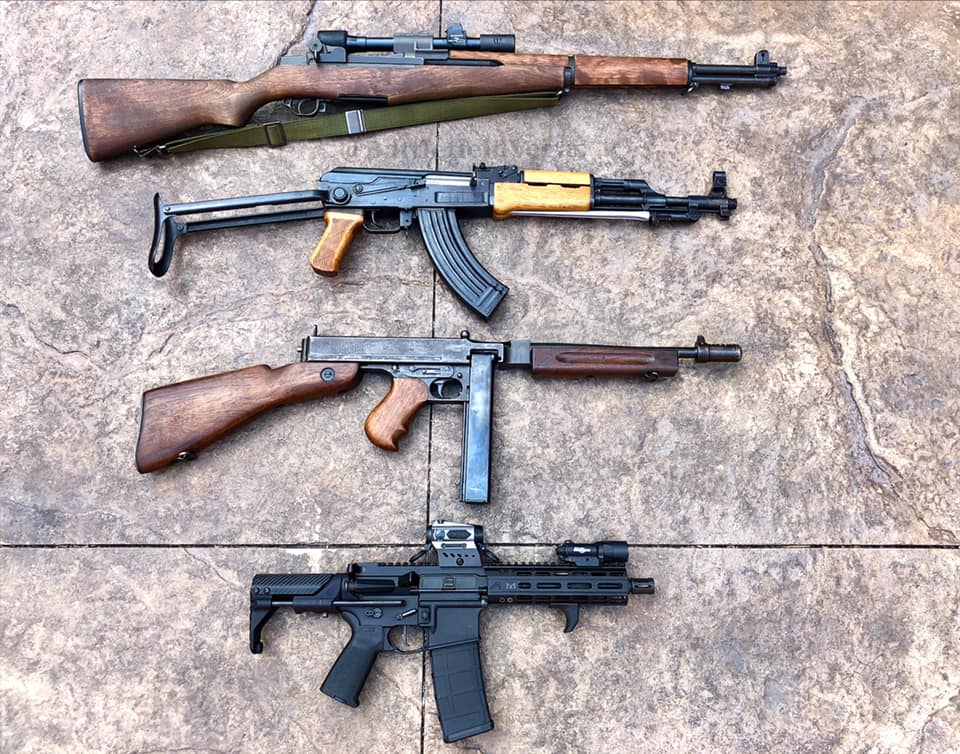
My previous experience firing fully automatic weapons was limited to an AK-47 and a Glock 18 mounted in a pistol carbine frame.
And the Thompson wasn’t much more difficult to manage.
Its weight, nearly 11-pounds unloaded, is mostly in the back half of the gun. This makes it fairly easy to hold using a classic rifle-shooting stance.
Apples to oranges comparison, but I found the Thompson far easier to shoot off-hand than the infantry rifles of the era — such as the M1 Garand, Lee Enfield, and Mosin Nagant, all of which are lighter but not so well-balanced.
Allied Forces, Gangsters, & the Tommy Gun
Firearms historians note that the Thompson, originally intended for use in the trenches of World War I, was obsolete by the time World War II began.
The Tommy Gun arrived too late for use in that war.
Offered for civilian sale, it gained notoriety as a weapon of choice for Prohibition Era gangsters.
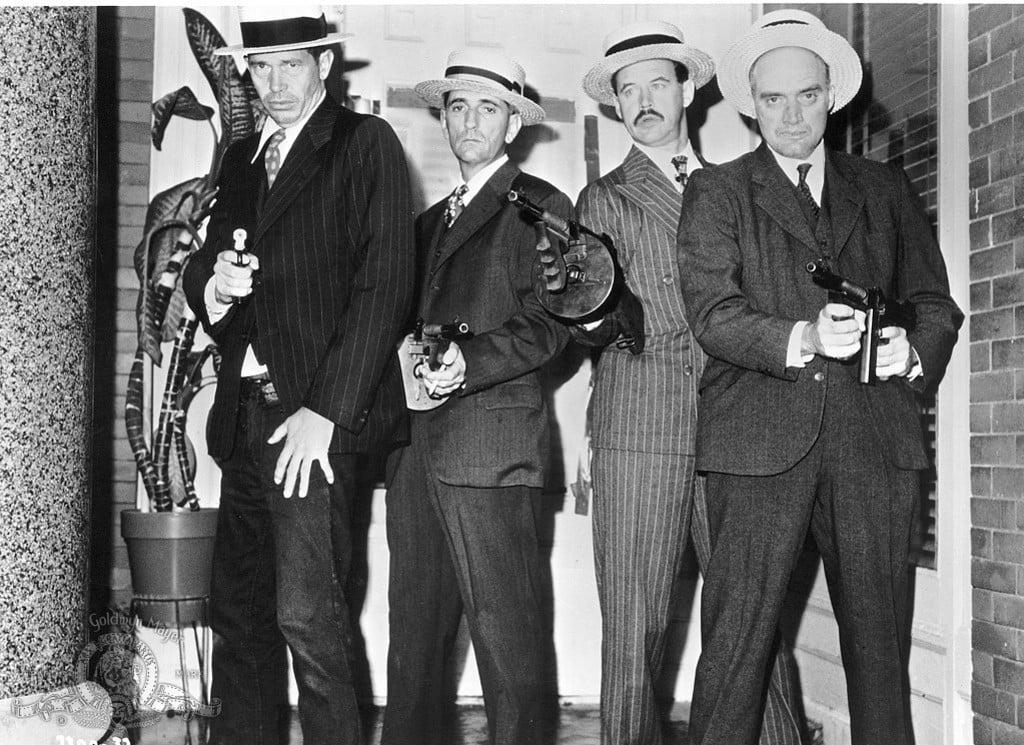
By the time Germany invaded Poland in 1939, better submachine guns were available. Unfortunately for the allies, nearly all of them were made in Germany or co-belligerent countries.
The Thompson was the only viable option for allied armies, and that reality endeared the Tommy Gun to troops desperate for a close-quarters weapon.
My father’s unit, the 503rd Parachute Infantry Regiment, received samples of the M3, but he told me it was not well-liked. He tried it out but quickly went back to his Tommy Gun.
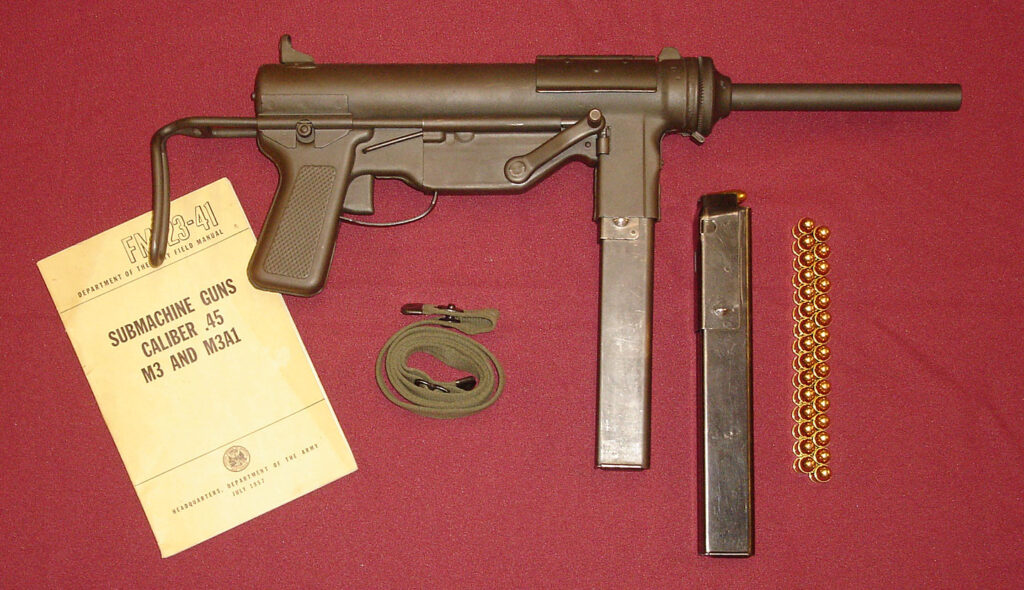
Made of stamped metal parts welded or riveted together, the M3 was a triumph of function over form.
The one I fired was uglier than a mole rat, with excess filler metal protruding from under the rear sights, and other points where pieces had been crudely welded together.
Feeling the Thompson Love
I can understand why my father loved the 1928 Thompson.
The gun is a work of art.
Even the scratched and worn Tommy Gun I fired at Battlefield Las Vegas bore testimony to the Thompson’s elegant design. Not to mention, the meticulous craftsmanship that went into its production.
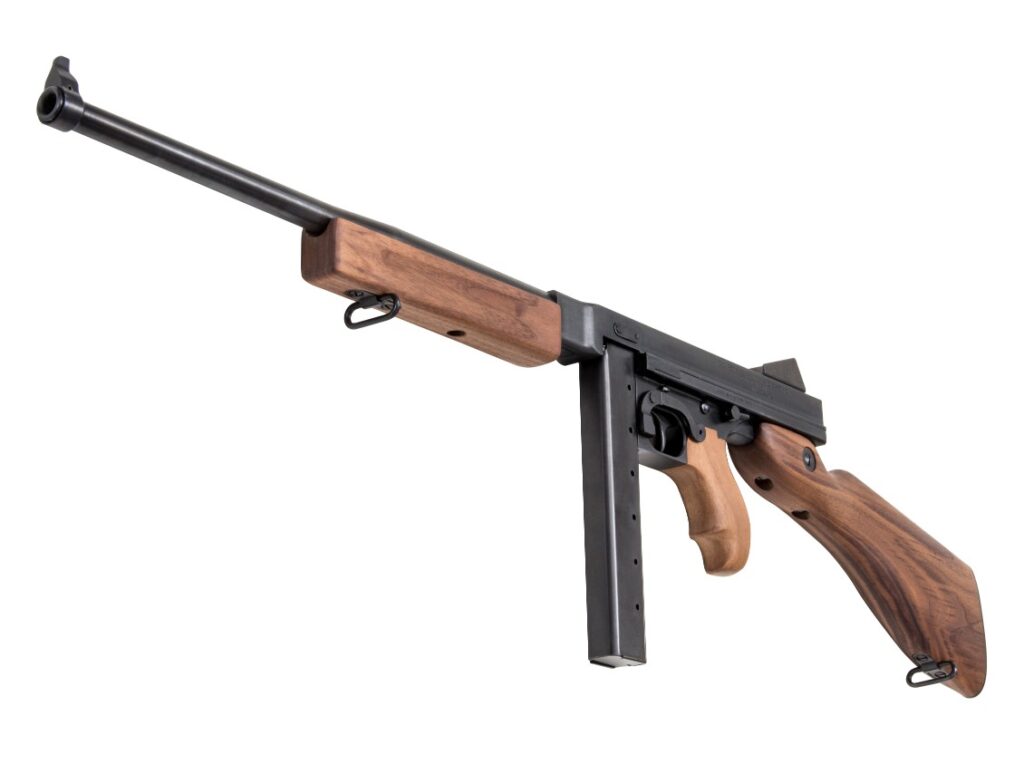
That said, the Grease Gun, at a little over 8-pounds and only 29-inches long with the wire stock extended, was easier to handle than the Thompson. In my brief experience, it was just as accurate and reliable.
It would be more maneuverable than the 36-inch Thompson in tight spaces. But I think the Thompson’s longer barrel, 10.5-inches vs. 8-inches, and its solid stock and milled parts make it a better weapon overall.
My Father’s Journey
My father carried a 1928 series Thompson from late 1943 to February 1945. He lost it soon after the Water Tank Hill fight when he was caught in a blast from explosives cached in an enemy-held tunnel he was scouting.
When he returned to combat a few weeks later, he was issued an M1 series. He didn’t like that as much but still preferred it to any other option.
His opinion may have been influenced by the battle for Corregidor. Up to that point, he told me, he had viewed the war as an adventure.
Yes, he said, at times he was terrified and sickened by combat, but he remained eager for the task.
“There is something,” he once said, “about being a young man, going out on patrol with a weapon and the license to use it.”
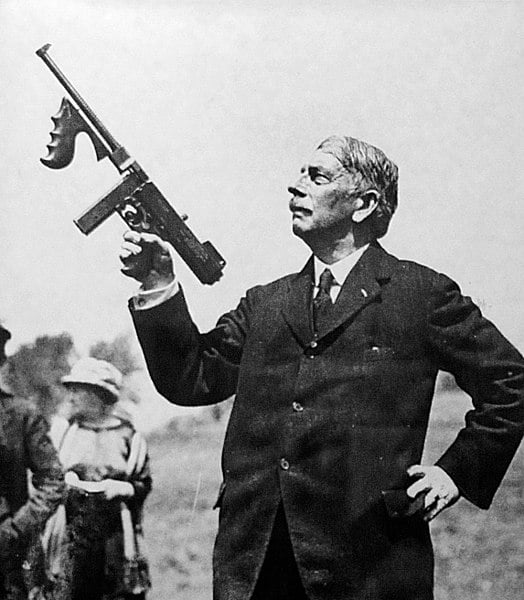
On Water Tank Hill, he lost two of his best friends, including Hicks, who had tossed the grenade.
In the tunnel explosion that wounded him, most of the veterans he had known since parachute training at Fort Benning, GA, were killed or wounded.
In nine days of fighting, his company was reduced from 132 able-bodied men to 44, according to the book Corregidor: The Saga of a Fortress.
From the Thompson M1928 to the M1
When he rejoined the company, he was promoted to Staff Sergeant. He was then ordered to lead a squad made up of replacements into heavy jungle fighting in the mountains of Negros Island.
He told me that for the first time in the war, he realized his odds of survival were slim.
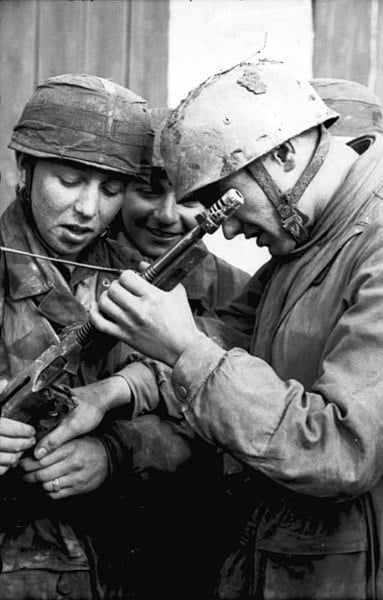
Unable to find another 1928 series Thompson, he also reluctantly accepted a simpler, less elegant M1 series Thompson.
His now-grim outlook may be to blame for his dislike of the gun.
Entries made in his journal after Corregidor consist mostly of casualty lists. All but 10 men in his platoon were killed or wounded by snipers and mortar fire during an assault on a Japanese-held ridge on April 28.
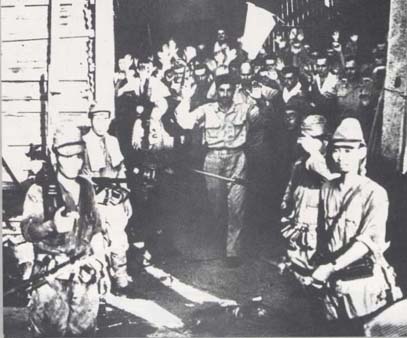
The losses continued after the platoon was reorganized.
Five died on May 25.
Two were wounded on June 1. And two more on June 2 as his platoon tried to dislodge Japanese from what he described as a “strong position.”
On June 4, three were killed and one wounded as they continued to attack.
Dad wrote that he had to leave two of the bodies in the jungle because of Japanese fire.
On June 5, his company was relieved and moved to the rear.
Conclusion
By today’s standards, it is more a pistol-caliber carbine than a submachine gun. AR-pattern carbines in rifle and pistol calibers are lighter, easier to maintain, and more accurate.
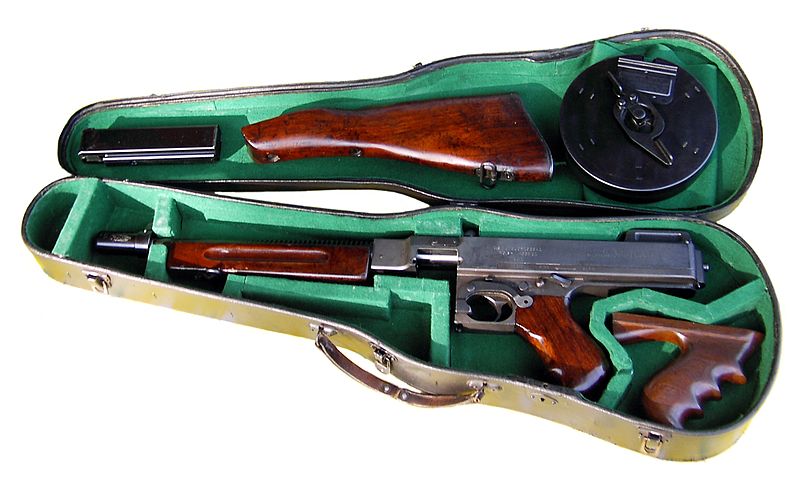
That said, the Tommy Gun is a joy to shoot and an important piece of American firearms history. In a sense, it also is an important part of my history.
I don’t think the Thompson would be my father’s first choice of weapons today, nor would it be mine. But firing it closed a loop left open for far too long.

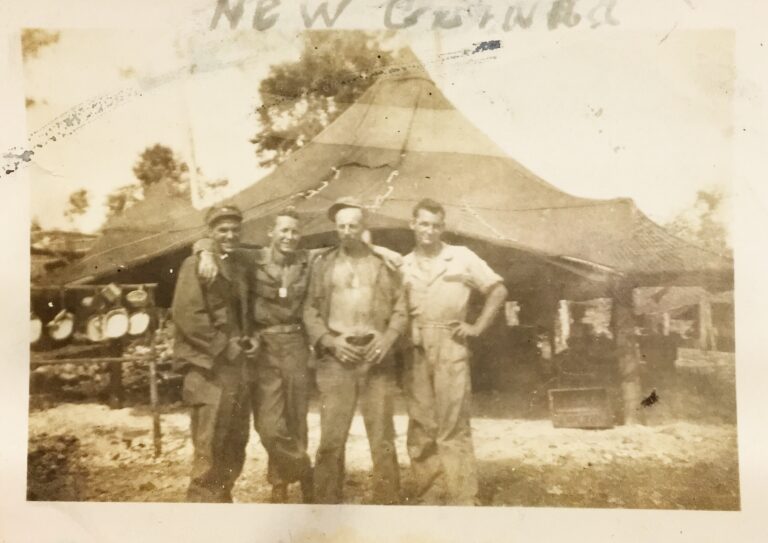
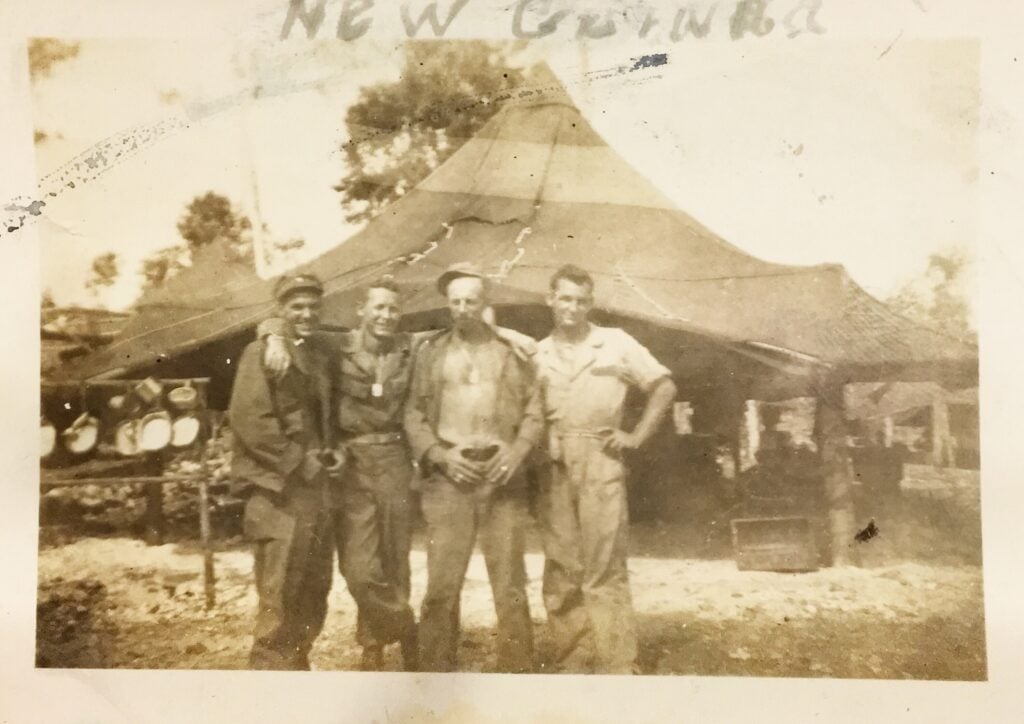
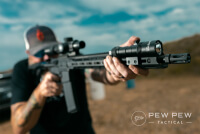






4 Leave a Reply
Great article. Really appreciated how you blended you experience with your father's. During my brother's brief remission from Mantle Cell Lymphoma he and I and several of his English friends collectively known as the 'the lads' went to the Texas Gun Experience in Grapevine, Texas for their Full Auto Friday deal. That's where you get to pick one of four full-auto weapons (from their collection of about 80 of them) and shoot 20 rounds for $20.
On our trip they had an M-16, an MP-5, a full auto 9mm M-16 style short barrel and a Thompson.
We all watched the safety video, filled out the paperwork and plunked down our money. I went for the first weapon not being used, which was the M-16A1. My brother selected the Thompson (based on your description, probably the A1 model). I fired off my 20 rounds and then went to watch Bill shoot the Thompson.
The Thompson had two selector switches. One was Safe/Fire and the other was Single/Auto. Both controls were pretty stiff. Bill picked up the heavy gun, a feat in itself considering how weak he was from weight loss and chemo. He cycled the bolt, shouldered the weapon and began squeezing the trigger. A thoughtful Range Officer placed his hand just behind my brother's shoulder to help him deal with the recoil, but there was none. The gun wouldn't fire. They did some inspection of it, then brought out another one. This one did fire and the Range Officer's hand was necessary as Bill was rocked back. He did slow bursts until he was had about five or six rounds left, then fired them off in a burst. He had a big smile on his face.
When it was my turn to shoot the Thompson, the Range Officer told me to shoot a few rounds single fire, which I did, then switch to auto. I don't know if this was your experience, but I found the trigger pull to be long and the rate of fire a little slower than I thought it would be. The recoil was mild, expected from such a heavy gun.
Leaning into the gun and firing short bursts, I was able to maintain a "minute of man" accuracy on the target. My one long burst marched off the silhouette.
It was the last time my brother and I would go shooting together. He died about a month later when his cancer came back with a vengeance and he decided he'd had enough. But I will play that video to watch his smile as he carefully safed the Thompson, put it down and turned towards my phone.
Thank you for sharing your story.
As a visitor to TX Gun Experie, I have often wondered about the Nachine Gun Experience. Sorry for your loss.
Nice article. Thanks for publishing it.
Appreciation for your dad's service can not be expressed enough. Men like him influenced my entire life. Thank you for this story which I loved because it was more about your father than the gun for me anyway.